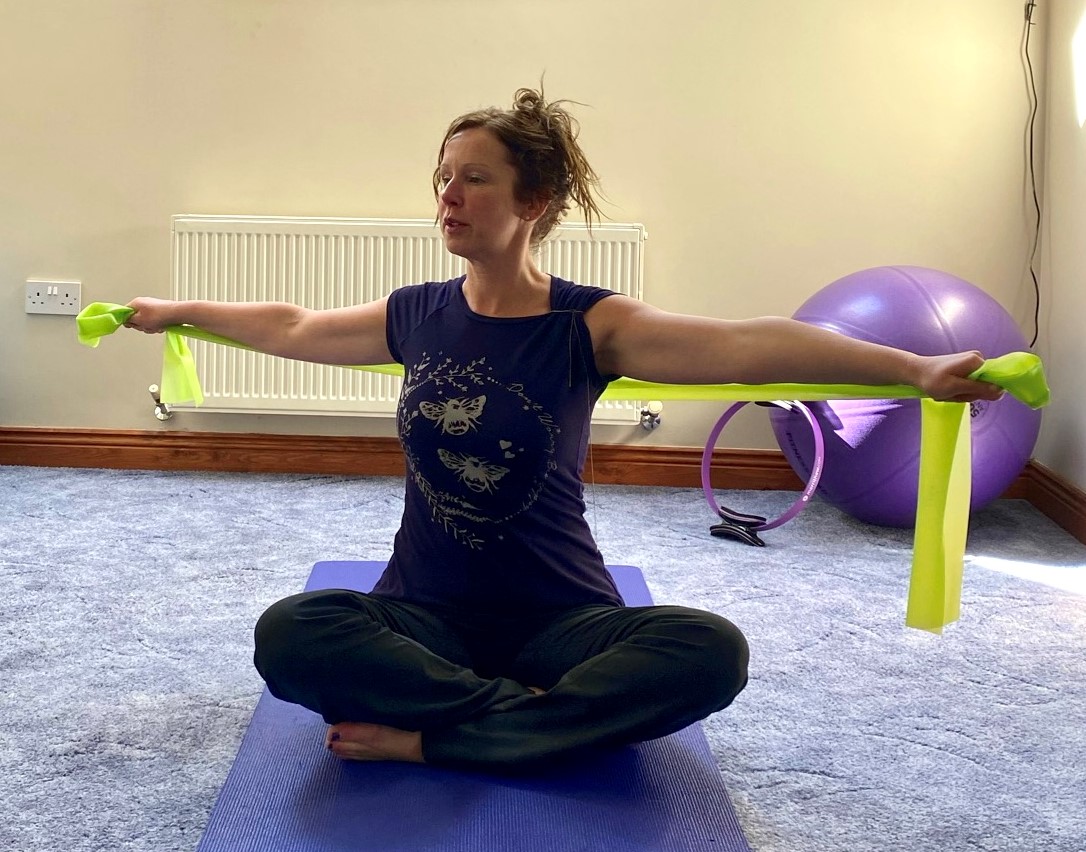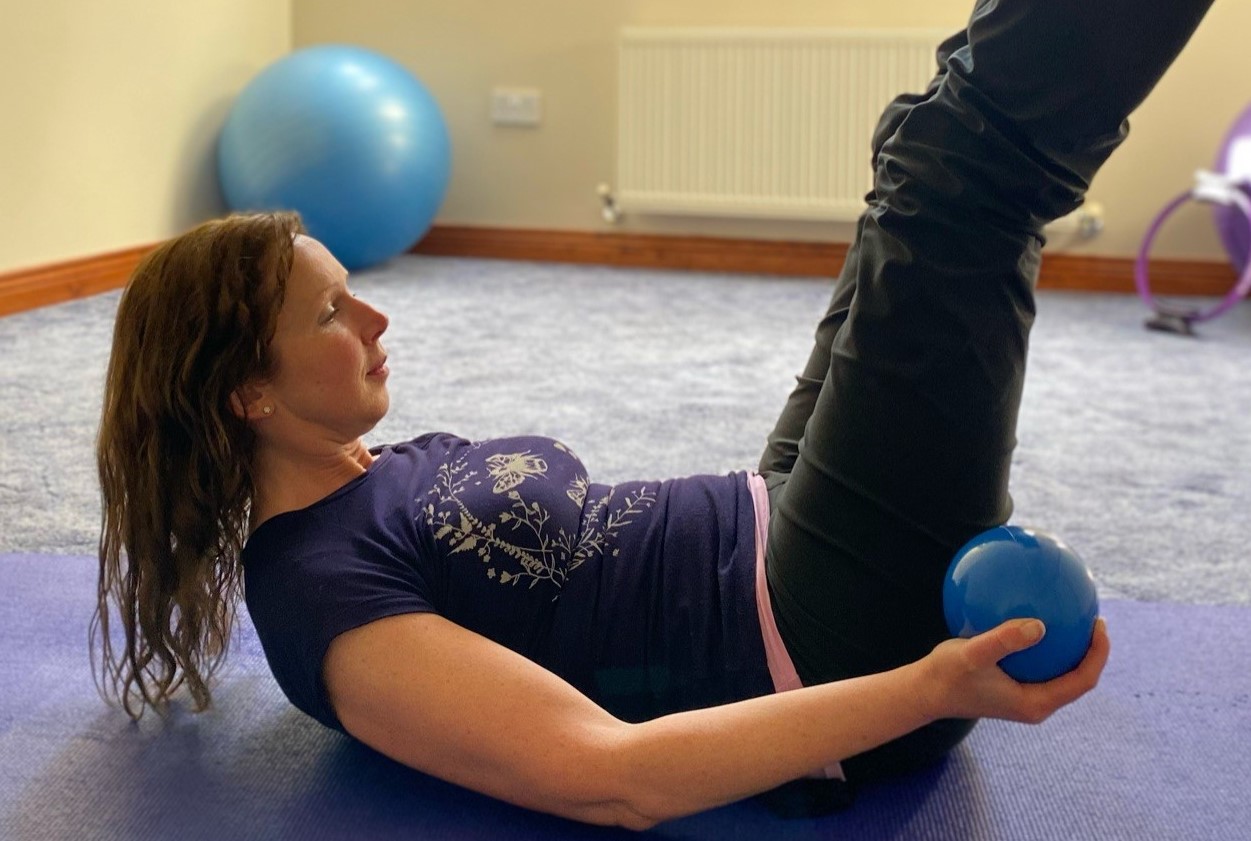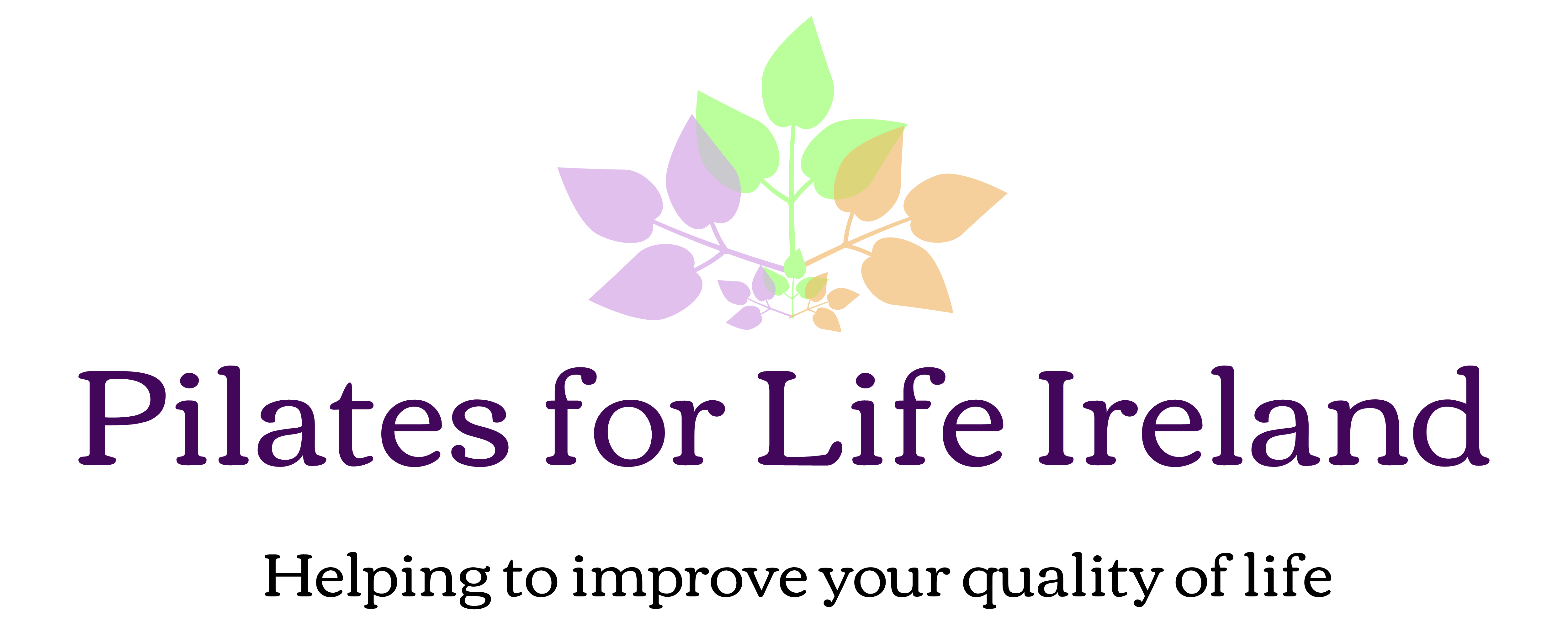“Physical fitness is the first requisite of happiness. In order to achieve happiness, it is imperative to gain mastery of your body. If at the age of 30 you are stiff and out of shape, you are old. If at 60 you are supple and strong then you are young.“
Joseph Pilates (1883-1967)
Welcome to the Pilates for Life Ireland website. I’ve enjoyed teaching pilates since 2005 when it was still a relatively unknown form of exercise here in Ireland. Many clients who took up pilates with me when I was just starting out are still coming to my classes today.
Pilates classes are suitable for people of any age and at any fitness level, it is both challenging and fun. If you have never tried it, you don’t know what you’re missing!!
Get in touch with me today on 0872253820 or Linda@pilatesforlifeireland.com.
What is pilates?
Pilates represents a unique approach to exercise that develops body awareness, improves posture and alignment while increasing flexibility and ease of movement. Pilates will help reduce stress levels as you focus on deep abdominal breathing and movement, helping you forget about everything else.
I believe it is important to focus on exercise quality rather than quantity. You don’t have to be physically fit or flexible to start pilates (though being fit and flexible does help), regular classes will improve both fitness and flexibility with the added benefit of improved coordination, posture and wellbeing. I keep my classes small to make sure exercises are being performed correctly.
Pilates is not just about exercise, though it is a great form of exercise. There are four key areas which are targeted in my pilates classes. These are muscle building and stretching, breathing and brainwork.

Muscle building
Muscle stretching
Building and maintaining muscle mass is one of the best ways to stay healthy. Pilates works all the major muscle groups in our bodies, from the ones we use all the time (like our legs and arms) to the ones we know we need to maintain (our abdominal area) to the ones we maybe never think about (shoulder blade area). While pilates does build muscle, it does not bulk them up (generally a relief for the girls).
As important as it is to build muscle, it is equally important to lengthen our muscles. Up until recently, little thought was given to the importance of proper stretching. The beauty of pilates is that it focuses on both building and lengthening muscles, ensuring they are strong, flexible and more resilient.
Breathing
Brainwork
It may sound rather simplistic to say breathing is essential to life, many of us don’t make full use of our lungs to ensure optimal oxygen intake and blood flow (which helps reduce the risk of straining muscles during exercise) and controlled breathing also helps focus our mind on the exercise at hand. Believe it or not, proper breathing can also engage our core abdominal muscle, which not only intensifies the exercise but also protects the lower back. No wonder Joesph Pilates said “Above all, learn how to breathe correctly.”
Learning new things helps keep our brain healthy and active, mind-body exercises are an excellent way to create new pathways in the brain. Adding increased blood flow and oxygen to our brains also helps relieve stress, as we tend to forget about everything else. Joseph Pilates believed it was an essential aspect of exercise “the attainment and maintenance of a uniformly developed body with a sound mind and the ability to perform life’s daily activities with zest and ease.”
Pilates and back pain
65-90% of adults will experience low back pain (LBP) at some point in their lives. I have personally found most clients starting pilates with me have some form of lower back pain. Depending on the source of the pain, regular classes will either reduce or eliminate the pain. Much of the relief comes from targeting key muscle areas like the core, which supports the lumbar spine, along with focusing on hip flexors, gluts and shoulder stabilisers which, when strong and lengthened support rather than stress the lower back.
The benefits of pilates as a targeted treatment for LBP been shown in several randomised controlled trials. For example: this study “to assess the effectiveness of pilates method on patients with chronic non-specific low back pain” over 180 days found: “Statistical differences favouring the [exercise group] were found with regard to pain (P < 0.001), function (P < 0.001) and the quality of life domains of functional capacity (P < 0.046), pain (P < 0.010) and vitality (P < 0.029).” The study also found those doing pilates had significantly less need for NSAID pain killers (P < 0.010).
A 12-month study with pilates as the intervention found “There was a significantly lower level of functional disability (P = .023) and average pain intensity (P = .002) in the specific-exercise-training group than in the control group following the treatment intervention period.” And concluded: “The individuals in the specific-exercise-training group reported a significant decrease in LBP and disability, which was maintained over a 12-month follow-up period. Treatment with a modified Pilates-based approach was more efficacious than usual care in a population with chronic, unresolved LBP.”
Sport & Pilates
The dictionary defines core as “the central or most important part of anything”, this includes our physical bodies. When we engage in any sporting activity, be it golf, tennis or bungie jumping, core muscles are an essential part of the game. The better shape they are in the better we will play.
Pilates focuses on the core muscles which incorporates the abdominal, pelvic, and scapula regions – together known as the body’s power-house. Any sport performed when these regions are tense, incorrectly positioned or with inactive, weak or strained muscles will reduce athletic performance and increase the risk of injury.
In any sport, where we are using the muscles in our bodies the core muscles properly engaged will assist in maximising the game as well as greatly reducing the risk of and often preventing injury.
One of the unique benefits of Pilates is that it not only strengthens our muscles but it also lengthens them, reducing the tension and strain experienced after strenuous exercise. It is one of the many reasons professional dancers flocked to Joseph Pilates studio in New York and why, in recent years most sports professionals have begun incorporating Pilates into their regular training programmes.
Pilates & Pregnancy
Sometimes it is hard to find the balance between too much or too little exercise during pregnancy. While intense regimes like running and high impact exercise are clearly contraindicated while pregnant, not doing any exercise is also unhealthy. Pilates is an ideal “happy medium” and several studies have found many benefits of it during pregnancy.
For example, one study found just eight weeks of pilates twice a week during pregnancy resulted in “Significant improvements (p < 0.05) in blood pressure, hand grip strength, hamstring flexibility and spinal curvature, in addition to improvements during labour, decreasing the number of Caesareans and obstructed labour, episiotomies, analgesia and the weight of the new-borns were found at the end of the intervention.”
Another randomised controlled trial found pilates-assisted childbirth training significantly reduced the fear of childbirth (p < 0.05) for the intervention group who were “positively affected by the training, in terms of childbirth fear, mode of the birth, planned or unplanned caesarean birth, the Apgar score and body weight of the new-born, and problems in the development of the new-born, the first contact time with new-born, and the first-time breastfeeding (p < 0.05).”
A study looking at the effect of pilates on pain during the third trimester compared to standard pregnancy exercises found, “the reduction in the level of pain was found to be significantly greater in the group of pregnant women who completed the Pilates workout (p < 0.05).” The authors conclude: “The results of this study indicated that Pilates is an effective, healthy, and feasible method of reducing pain in pregnancy, and is therefore a beneficial alternative workout for the suppression of pain in the third trimester of pregnancy.”
I agree, I’ve had several clients participate in pilates classes right through their pregnancy. All found it extremely beneficial in terms of pain reduction, improved sleep, reduced oedema and feeling better overall about their bodies during the pregnancy.
Pilates is an ideal form of exercise to engage in before, during and after pregnancy. It is gentle yet challenging, relaxing and very effective. It will boost energy levels and release endorphins, which will increase your feeling of well-being. Deep abdominal breathing will not only relax the mother but will ensure adequate oxygen and nutrients are being delivered to baby.
One of the natural results of pregnancy is a shift in the centre of gravity as the expanding abdomen causes an increase in the curve of the spine. This can cause increased lower back discomfort and possibly increased tension in the neck and shoulders. Pilates focuses on balancing muscular activity and maintaining muscular endurance to help prevent injuries associated with these changes.

Contact
Contact Linda to make a booking or for further information
Interested in Nutritional Therapy?
Address
Floraville, Clondalkin
Dublin 22
